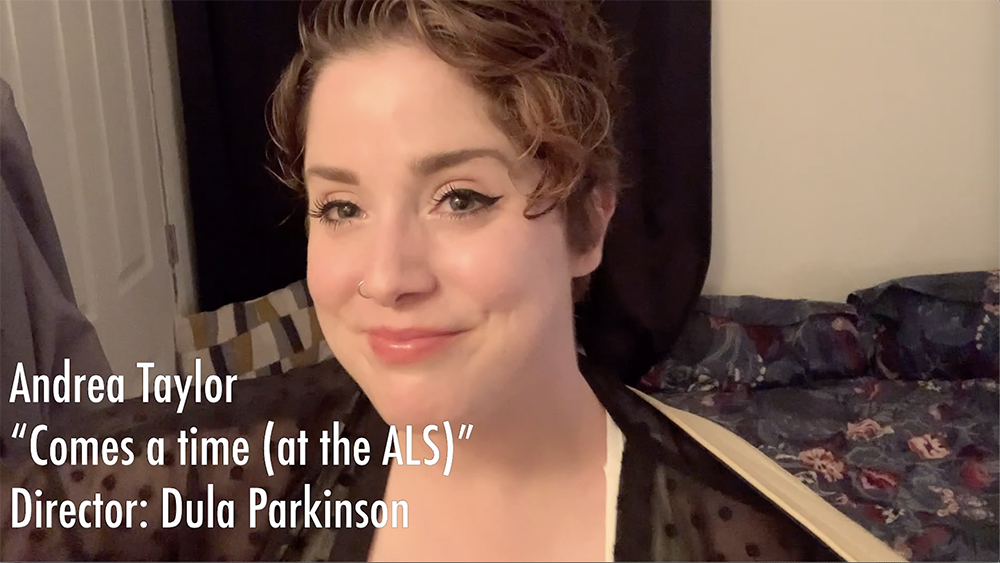by Lori Tamura
An experiment born of necessity, the 2020 ALS User Meeting was held August 25–28, “in silico.” The results have been generally positive, revealing emergent benefits to interactions occurring in the virtual realm, even as we hope for a return to real space ASAP. With lower barriers to attendance, the online meeting blew through previous registration records, with nearly 1200 individuals from 24 countries signing up to attend at least some portion of the meeting, including from as far away as Egypt, Vietnam, and Australia.
Organized by Hope Michelson and Johanna Nelson Weker of the ALS Users’ Executive Committee (UEC), the program successfully adapted most of the features of a typical user meeting, including poster sessions, where strolling between posters was nicely simulated by clicking through a series of Zoom rooms. One notable addition this year was a panel discussion on Fostering Diversity, Equity, and Inclusion at Light Sources. It sparked a heartfelt, honest, and timely conversation that the ALS hopes to continue into the future.

Jeff Neaton, Berkeley Lab’s Associate Laboratory Director for Energy Sciences, welcomed attendees and acknowledged the extraordinary circumstances of the global pandemic, wishing everyone the best in these challenging times. He also expressed optimism about the future, with the ALS Upgrade (ALS-U) moving along and plans underway to develop “Charter Hill,” the proposed future site of new buildings for materials science and chemistry, located adjacent to the ALS.
Director Steve Kevan also spoke about renewal: once the ALS-U Project completes the installation of a new ring, he said, the ALS will be like a brand-new complex, ready to go for another 30 years. He briefly outlined ALS plans to address lost user shifts from 2020 and said that future access for the year will be mainly via mail-in or remote operation. He also described some of the incredible work being done at the ALS in response to COVID-19.

Linda Horton addressed the group in her new role as Associate Director of Science for Basic Energy Sciences (BES) in the DOE Office of Science. She noted the promotion of her predecessor, Harriet Kung, to Deputy Director for Science Programs in the DOE Office of Science, and the retirement of Jim Murphy, who served as Director of the Scientific User Facilities Division in BES for eight years. After a quick review of BES accomplishments and budget numbers, Horton highlighted some new research priorities, including critical materials, polymer upcycling, and next-generation biology.
The first scientific talk of the meeting was given by this year’s Shirley Award winner, Miquel Salmeron, who was recognized “for taking surface studies from ultrahigh vacuum to near-ambient pressure, revealing the chemical, electronic, and mechanical properties of surfaces and interfaces on the nanometer (and often atomic) scale.” The Halbach Award was given to Eric Gullikson, “for contributions to x-ray metrology that are central to building beamlines at the ALS and around the world.” The Renner Award went to Tom Scarvie, “for coordinating all accelerator and beamline floor operator activities to provide reliable light to users safely.”

The science highlight speakers covered a broad range of topics, starting with David Veesler (University of Washington), whose group discovered, early in the COVID-19 crisis, that antibodies from SARS survivors could neutralize the COVID-19 coronavirus. The final speaker was retired geologist Mario Wannier, who gave a fascinating account of his detective work in tracing glassy particles, found on a beach in Japan, to fallout from Hiroshima 75 years ago. A complete list of the talks is available online.

The student poster slam was, as always, a highlight of the meeting. Master of ceremonies Dula Parkinson debuted “Comes a time (at the ALS)”—a tongue-in-cheek yet poignant reflection on lost beamtime—produced in collaboration with talented singer/ALS administrator, Andrea Taylor.
The first place winner of the student poster contest was David Raftrey (Materials Sciences Division, Berkeley Lab/University of California, Santa Cruz) for “Hopfions: Magnetism in Three Dimensions.” Second place went to Guanhua (Tibbers) Hao (ALS/University of Nebraska-Lincoln) for “The Energy Landscape of a Fe(II) Spin Crossover System Under the Influence of Magnetic Field.” Third place went to Sintu Rongpipi (Pennsylvania State University) for “GIWAXS Reveals Preferred Orientation of Cellulose in Primary Cell Walls.”

Eight workshops and/or tutorials were offered this year, with adaptations such as an online tour of the ALS for Light Sources 101 and the option to record workshops for posting later. Early feedback has been extremely positive, with many participants excited about finally being able to join in on these invaluable exchanges of ideas. A complete list of the workshops and tutorials is available online.
Overall, meeting co-chair Hope Michelson found the experience to be, interestingly, more intimate than an in-person meeting, as if speakers and presenters were there with her in her own home. Johanna Nelson Weker expressed what we all missed: the serendipitous conversations during coffee breaks, the beautiful views of the Bay, and the banquet with the award ceremony. But she also noted that, because of the virtual format, we were able to reach a much larger, broader audience. Next year, we hope to see everyone in person. But if we aren’t so lucky, we have learned a lot about hosting a virtual meeting and welcome feedback on how to make it even better.
Thanks to everyone—the meeting chairs and committee members, administrative support staff, technical support staff, speakers, panelists, poster presenters, workshop and tutorial organizers, and participants—who made it a success.
